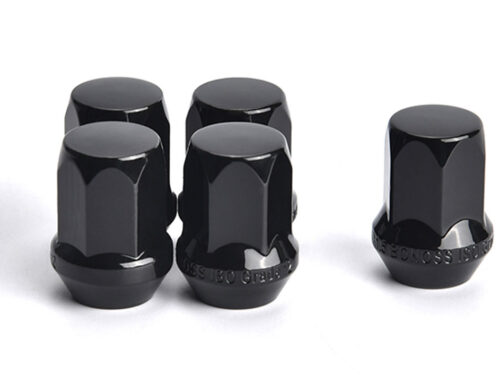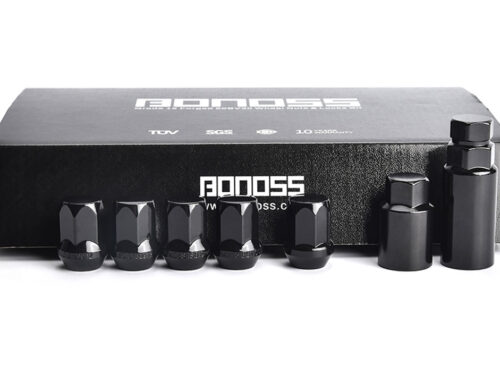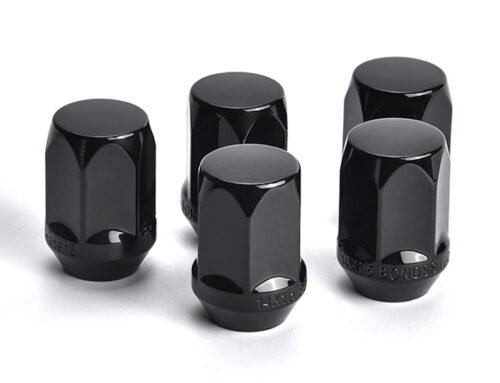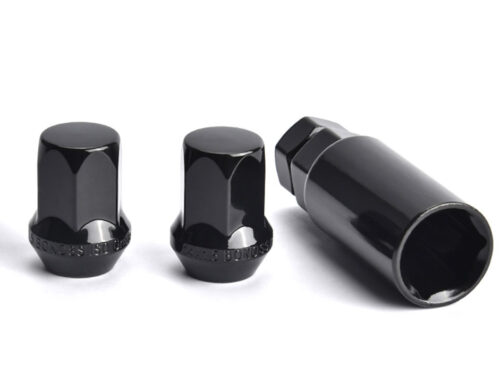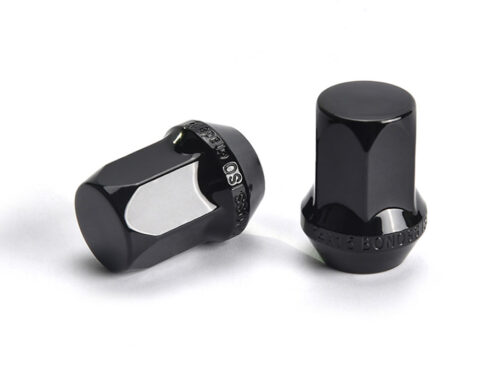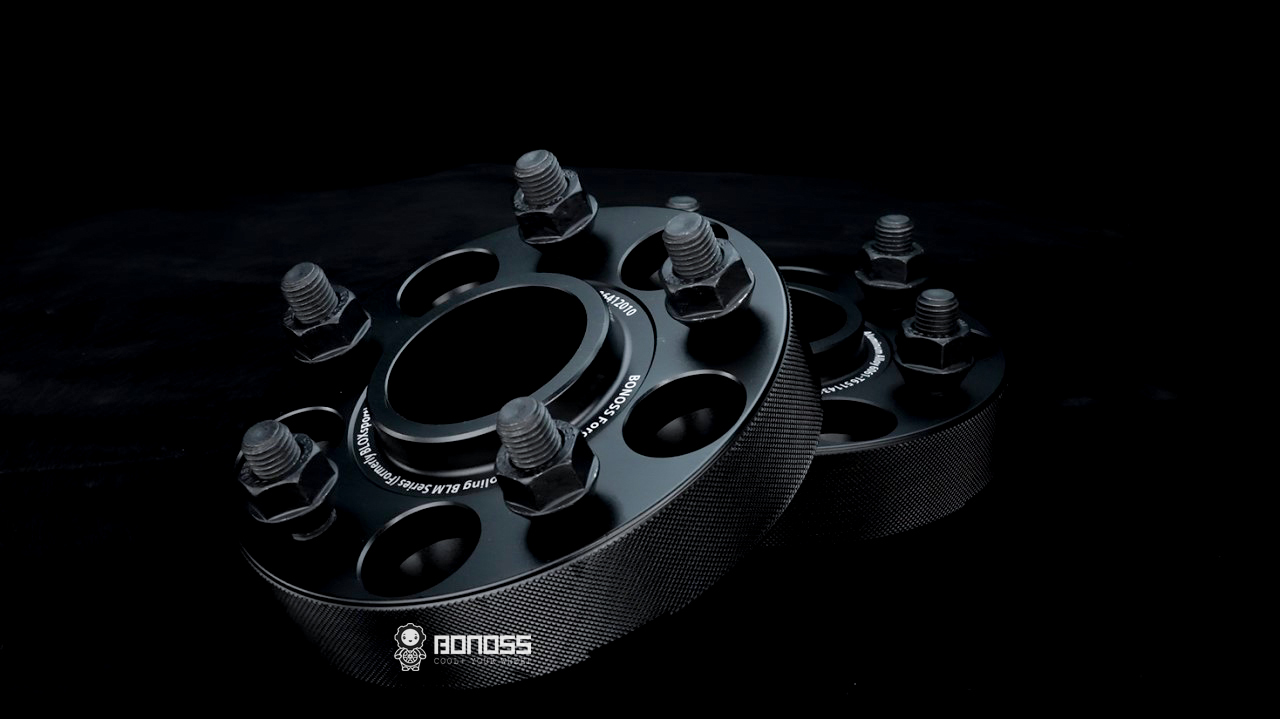
For different vehicle models with different configurations, the designs of wheel spacers are also different. To figure out whether 5×114.3 wheel spacers are safe or not, you should have a simple understanding of the working principles, various types, materials, and processes of wheel spacers. After this article, you will have a clear perception of the problem.
What are 5×114.3 Wheel Spacers?
5×114.3 is the bolt pattern of your vehicle, which means there are 5 holes on your axle mate, and the Pitch Center Diameter (PCD) is 114.3mm. PCD is the diameter of the circle surrounded by bolt holes. This data is usually available in your user manual. That is to say, if your vehicle’s PCD is 5×114.3, the 5×114.3 wheel spacers are exactly what you need. However, assuming your vehicle’s PCD isn’t 5×114.3, the 5×114.3 wheel spacers are not suitable and even dangerous for you.
How Do 5×114.3 Wheel Spacers Work?
In fact, the working principle of wheel spacers doesn’t depend on the PCD. It is the center type that influences the working of wheel spacers. There are mainly two types of wheel spacers in daily use – Hub-centric and Lug-centric wheel spacers. The working principle of hub-centric spacers is that the wheel spacers center with the axle hub. This type of spacer is designed in the same theory as the automobile – the axle hub is the component to stand the load. On the contrary, lug-centric spacers center with wheel studs or wheel bolts. This type of wheel spacer is dangerous for big wheels and middle/large-size vehicles because all the stress is put on the studs/bolts.
If you want to judge the safety of wheel spacers, check their type first. Hub-centric means accurate matching with the axle and wheels and could avoid most accidents due to vibration or rubbing.
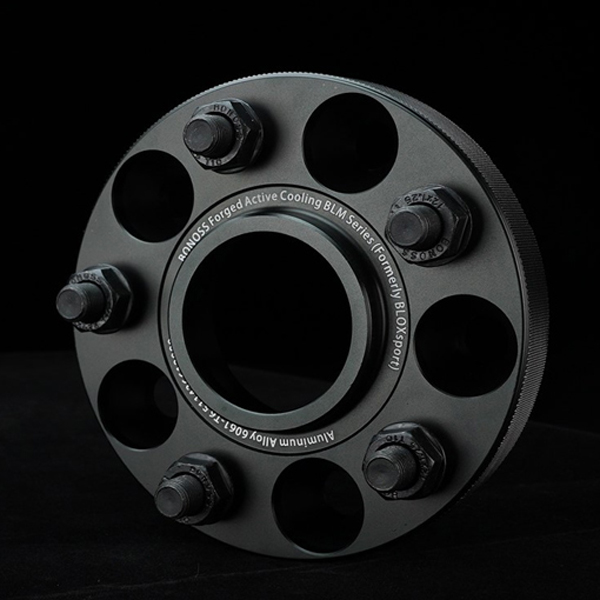
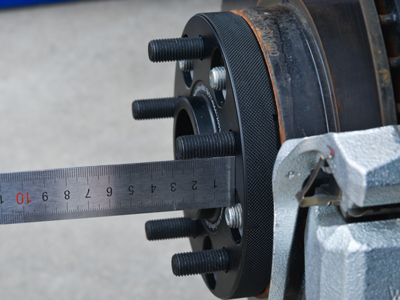
How to Choose the Right Wheel Spacers?
To choose the right wheel spacers for your vehicle, besides the careful check of PCD and spacer type, the thickness of spacers is another significant aspect. The thickness cannot be determined randomly, otherwise the rubbing issues against the fender will occur. Generally, the thickness of wheel spacers is the cross-range between the edge of the fender and the sidewall of wheels. To ensure safety, the final thickness will be 1-2mm less than the measured distance.
There’s a situation worth emphasis on – if you had changed with new wheels in different offset/ET, the thickness is complicated to determine. Ask for help from professionals of wheel spacer manufacturers.
In a word, for some vehicle models of Honda, Toyota, Lexus, Mazda, etc, 5×114.3 wheel spacers are suitable. But don’t ignore the thickness, the center bore, and the matching thread type of wheel spacers. These can all be found in your user manual. If you cannot make a decision, a professional and legitimate wheel spacer company can solve the problem. Make sure you buy them from a trusty and professional company. If you have an interest in wheel spacers to make your vehicle sporty and reduce vibration while entering corners, the wheel spacer is an optimized and economy-cost choice. Welcome to visit relative products of BONOSS. More BLACK FRIDAY SALE is waiting for you!

